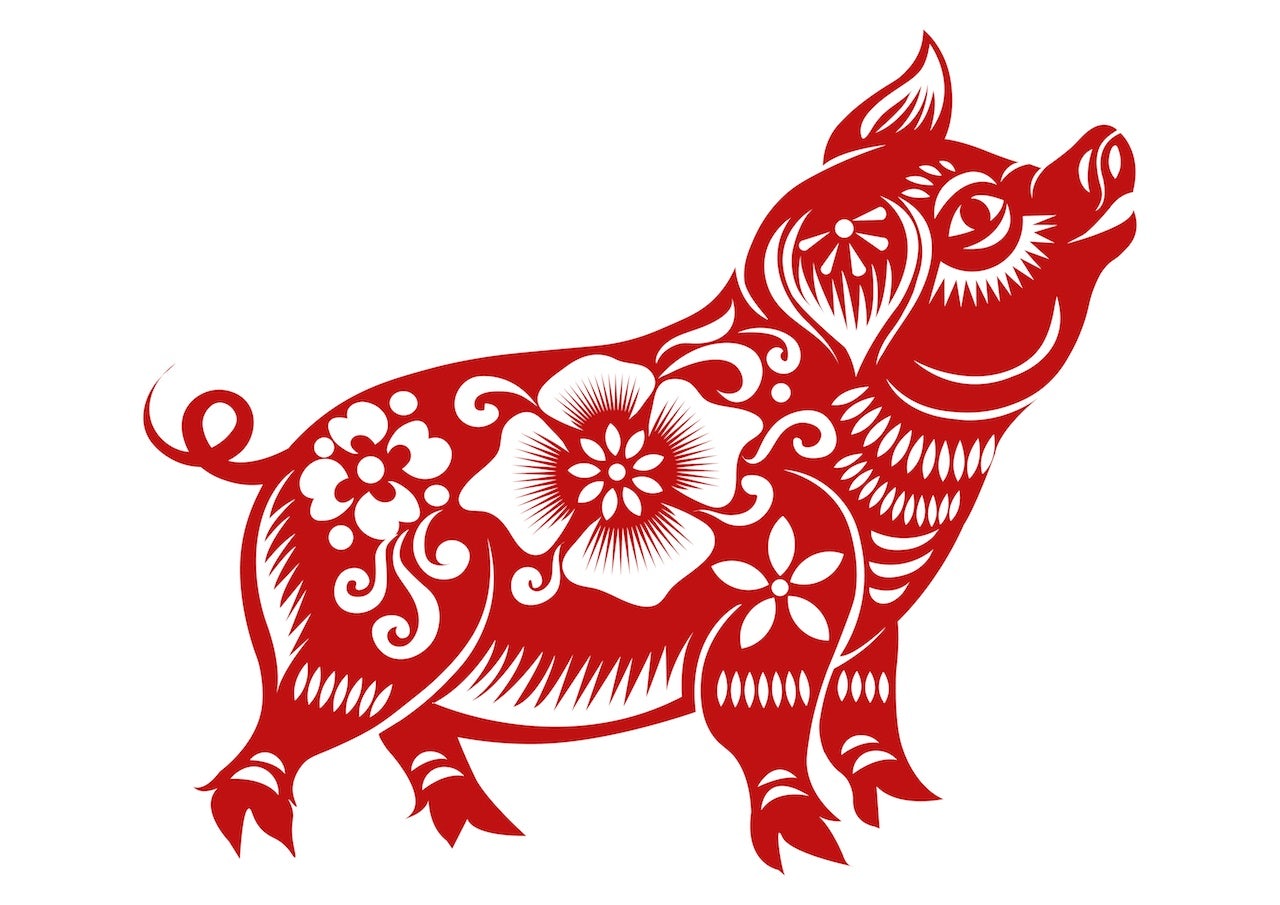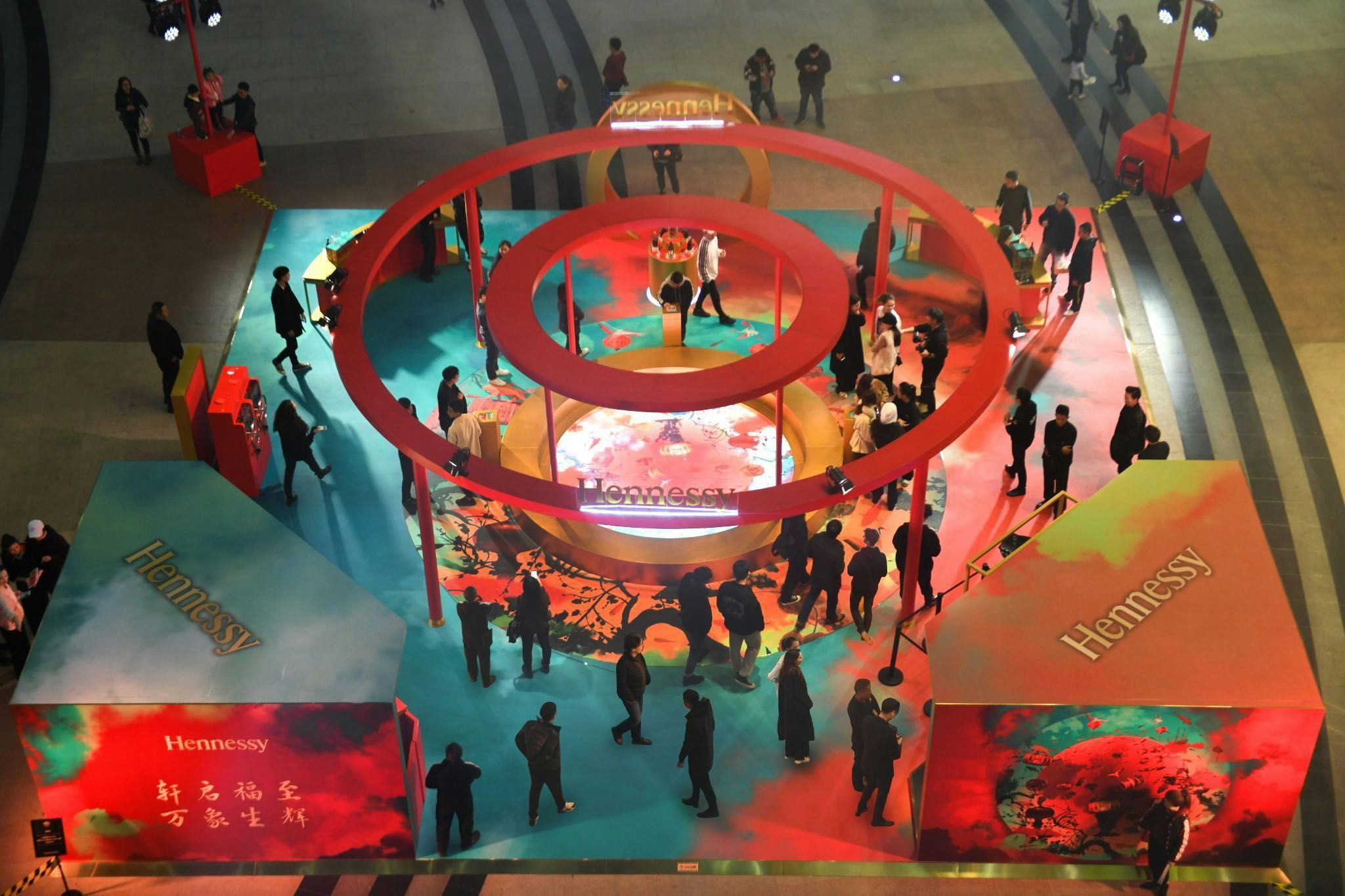To say that Chinese New Year festivities have “gone global” isn’t an exaggeration.
2019 marks the democratization of CNY celebrations, and a lot of brands not only activated their marketing campaigns early this year by combining them with Christmas promotions as a two-month-long global celebration, but they also plastered CNY billboards and promotional campaigns all over airports and travel retail stores around the world.
But more attempts at marketing this traditional holiday could also mean more misfires. Brands like Burberry and Bvlgari are now being taken to task by Chinese netizens who are highly critical of their CNY campaigns — a stark difference from brands that used the holiday to do well financially while elevating their brand images within this important group of consumers. Noticing these opportunities and challenges, Jing Daily chatted with three industry experts to find out what this year’s biggest trends are and why betting on a zodiac animal for success no longer works (and could even be a dangerous move).
The way people celebrate CNY is changing#
Chinese New Year celebrations used to be about watching the annual Spring Festival Gala on TV (a Super Bowl-like event in China), eating dumplings, and setting off fireworks when the clock struck midnight. Chenyin Pan, the director of digital marketing agency Fireworks in China — and a native Chinese — argued that the post-'90s and '80s generation does not celebrate Chinese New Year the way earlier generations did. An extravagant, family-style celebration is not a must anymore, and many prefer a small gathering, a “staycation,” or a trip elsewhere. Brands that focus on the old traditions may have a hard time resonating with consumers -- just look at Burberry’s awkward family portrait CNY campaign.
“Fewer people who work in first- or second-tier cities choose to travel back to their hometown in the countryside to celebrate,” said Pan. “And brands have to realize the way people celebrate the New Year is changing, thus changing the message they are communicating with consumers.”
Travel retail is prospering#
Travel seemed to be an essential theme during this year’s CNY. According to online travel agency Ctrip, Chinese tourists visited nearly 1,296 cities in China and abroad during the 2019 holiday. The number of destination countries grew from 82 in 2018 to 97 this year, an 18 percent increase. International travelers spent approximately RMB 7,000 (1,034) per trip during CNY, which was twice the amount of domestic travelers.
This growing demand from outbound Chinese travelers is motivating global brands' regional offices to work as a team and consider how to best present CNY abroad, what channels to pitch to Chinese travelers with, and what kind of campaign will best benefit global sales. Tanguy Laurent, the U.S. managing partner of Creative Capital, has seen brands make these types of changes. “This massive wave brings change to the traditional approach of seasonal marketing with pre-campaigns and cross-market activations,” said Laurent. “Marketing teams should partner with local Chinese teams to generate traffic to their U.S. touchpoints.”
Less literal interpretations of the zodiac
#
It seems that brands are realizing that they can’t solely rely on cute zodiac animal products to succeed during CNY, so many have opted for a more conceptual message instead. For example, the athletic gear brand Lululemon did a campaign a month ahead of CNY this year to target outbound travelers with a special edition of yoga wear featuring prints of mountains and rivers. Whether they are traveling or not, the campaign allowed consumers to free their minds from their busy city lives and find some zen via this natural imagery.
“Most Western brands are at their first few attempts to [connect with] Chinese consumers, so they fall into the folklore of Chinese icons and portraits of pigs,” said Laurent about this common pitfall. But when discussing CNY success stories, he instead pointed to Hennessy’s creative campaign, which — instead of featuring a pig — offered a WeChat fortune-telling game as something refreshingly different. Jennifer Zhang, the associate editor of fashion forecasting company WGSN, pointed to Gucci’s campaign as another good example of not trying to take the zodiac theme too literally. The time-honored brand chose to blend Western and local cultures with a range of products, tapping into the popularity of Disney in China as well as traditional Chinese imagery via playful cartoon motifs.
Brands also chose to launch collaborations with artists for the holiday, giving them even more room to interpret Chinese culture in fun ways (if it’s not done correctly, brands get the lion’s share of the blame). This year, we saw the French fashion brand Chloe collaborate with Indian artist Rithika Merchant for a series of CNY-related products decorated in the artist’s elegant, hand-painted style. Meanwhile, Hennessy partnered with Chinese artist Zhang Guangyu on a limited edition drink package that featured a beautiful grouping of Chinese motifs.
Both Jennifer Zhang and Laurent argued the need for local approval checks before brands launch new campaigns or products in China, and not just for CNY holiday campaigns. “Look into what’s trending culturally, the country’s history, and test your campaign and product with Chinese shoppers,” said Zhang. “Tap into your Chinese team’s knowledge.”


